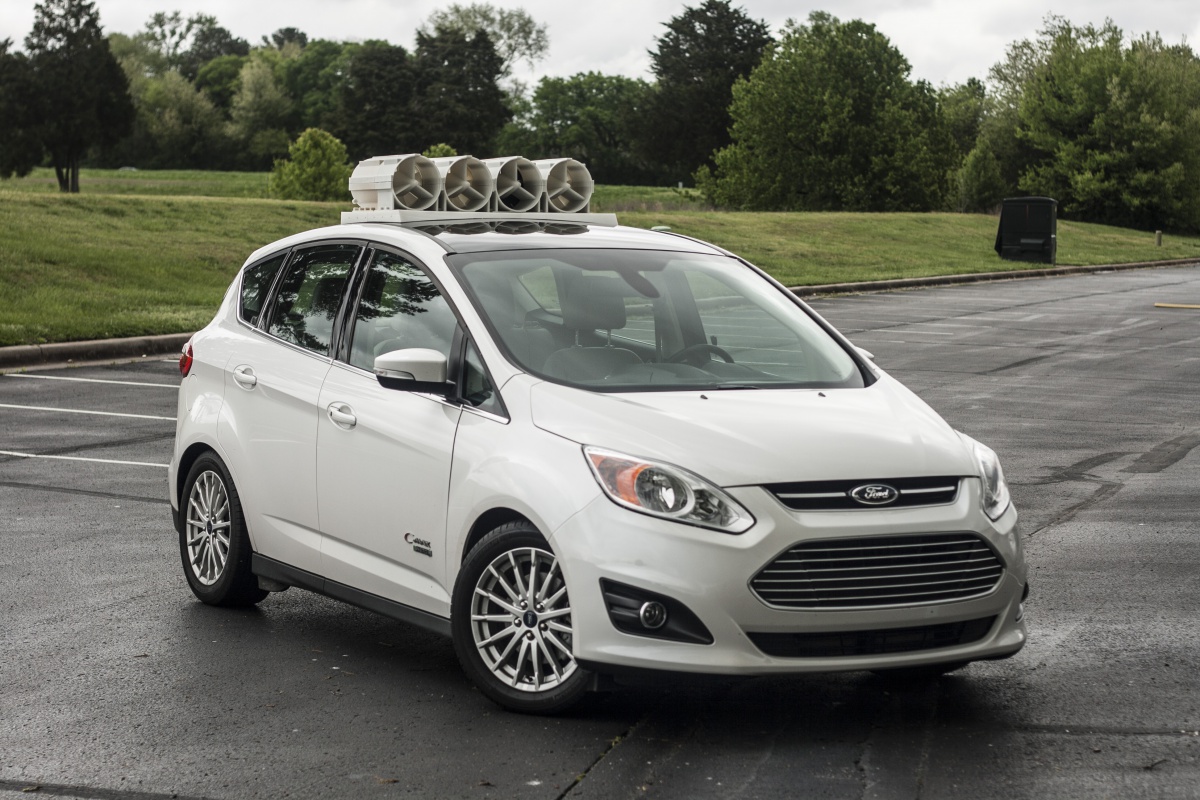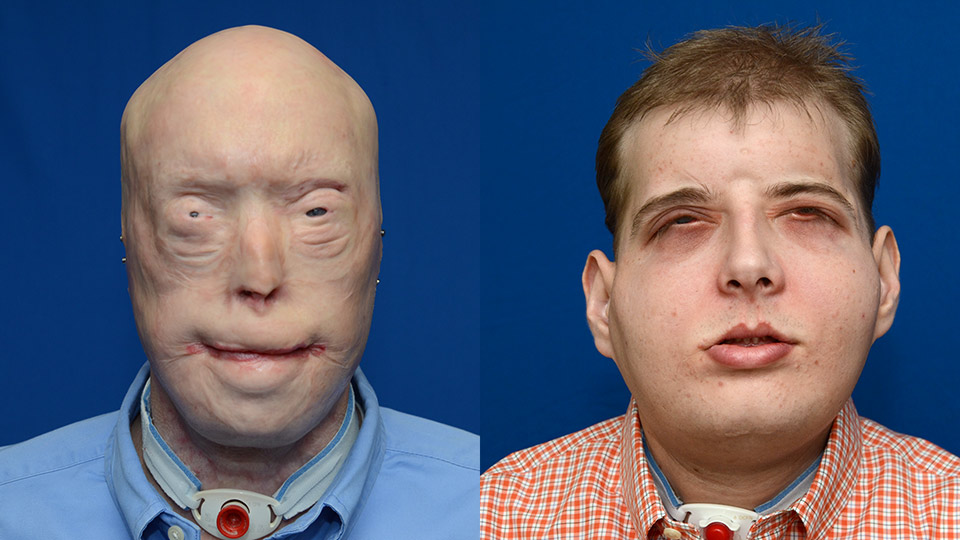As 3D scanning, design and printing continue to evolve in sophistication, the stories and impacts they carry radiate to wider circles with more lasting effects. To recognize this trend and savor the nostalgia of the holiday season, we’d like to take a moment to reflect on and celebrate the advancements of our technology before launching into 2016.
10. Workflows
Developing a new product is a serious undertaking. It requires tremendous, dedicated resources in time and money, which often loom prohibitively over the creative process. Designers and engineers must consider not only what they want to achieve, but whether or not their tools will let them achieve it. 3D technology removes the innovative straight jacket of tooling considerations to help products – and the minds behind them – perform like never before. Idaho Steel took full advantage of this creative freedom this year to cut a previous 25-day manual process into a 4-day, hands-free production process made up of fewer, more efficient parts.
9. Expectations

Every year we help big companies tackle big goals. They want to lower fuel consumption and reduce the number of parts involved in an assembly. These aims help reduce operating and maintenance costs, leading to economic and environmental savings. We delight in helping advance innovation to achieve the exacting demands of their applications; no matter how inventive, unheard of, or complex, our technology helps their ideas become realities. Take American Wind for example, and this incredible electric car that self-charges with wind power as it drives.
8. Access
Not everyone can stomach a dissection, and not every medical program can afford it. This year, Monash University in Australia released the first ever commercially available full color 3D printed anatomy kits to equip programs with small staffs and space with adequate training materials. Photorealistic color printing means the logistical challenges of acquiring and storing cadavers can be bypassed without any sacrifice in visual accuracy or learning takeaways, which is a huge help to underserved programs.
7. Outlooks
One of the most wonderful things about 3D printing is the ability to redefine the status quo. Through our technology, we have been able to set obstacles aside, not only for ourselves, but for our furry friends too. In 2015 we not only introduced Derby the dog to phase two of his treatment to get him up to his natural physical height, but we helped over 10,000 dogs recover their mobility and playfulness through our work with Rita Leibinger and titanium metal implants, as seen in the video below. The best part is that these solutions aren’t just for dogs – they translate into other anatomical environments and innovations, promising more healing and happiness down the line.
6. Expression
Despite dyslexia-induced challenges in the classroom, 8-year-old Max found an outlet for his immense creativity with 3D printing. His idea was simple yet catching: a series of ceramic mugs with built-in sporting hoops and goals to challenge all parental instruction against playing with your food. Thanks to 3D printing, Max took his idea off the page, into his hands, and onto retail shelves, where he has found commercial success for nearly 2 years. Max’s innovation is coupled with a philanthropic drive, and a portion of all his sales is donated to organizations supporting dyslexia.
5. Art
Now the look and sound of an instrument can be as unique as the look and sound of the musician who plays it. 3D printed instruments have made headlines since their first successes, but their popularity and range is expanding. While the violin is traditionally as classic as the Mozart it plays, this SLA redesign represents a renaissance in aesthetic and capability. What this means for sound quality and sound shifts is a whole new question, as is the open invitation for musicians to interact and experiment with their art like never before.

4. Personal Records
You may not be able to judge a book by its cover, but you can definitely judge a running shoe by its sole. In the case of New Balance’s newly released high performance running shoe with 3D printed midsole, the visual curiosity of the shoe’s base says it all. In more ways than one, this shoe is taking human potential the extra mile.
3. Rules
Restoring a one-of-a-kind concept car may be out of the ordinary, but maintenance and repairs aren’t. This year we helped Jay Leno recreate two broken vents for his custom-built EcoJet, and in so doing we proved the ease with which unique items can be replicated and restored with minimal equipment and a quick turnaround. If we can achieve this with an exception, imagine how we can change the rules.

2. Identities
14 years ago, Patrick Hardison had his life uprooted when he was injured beyond recognition in the line of duty as a volunteer firefighter. After more than 70 failed surgeries, he nearly lost all hope of ever regaining the life he once knew. Inflicted by a tragedy unimaginable to most, Patrick risked an exceptionally rare and complicated surgery to try and reclaim his identity. Using Virtual Surgical Planning and 3D printed guides, we helped a staff of over 100 medical professionals at NYU’s Langone Medical Center successfully give Patrick a new face and a new lease on life.
1. The Future
The K-1 Assistive Device 3D printed hand is the gift of 2015 that will keep on giving by allowing everyone to lend a hand to those in need. By distributing the ability to produce prosthetic hands on demand for anyone in the world at a material cost of only $50, the CubePro 3D printed K-1 hand impacts attitudes and life trajectories. We look forward to helping transform the lives of K-1 hand recipients and are deeply honored for the recognition this project received from International CES 2016 with the Best of Innovation Award, Tech for a Better World.